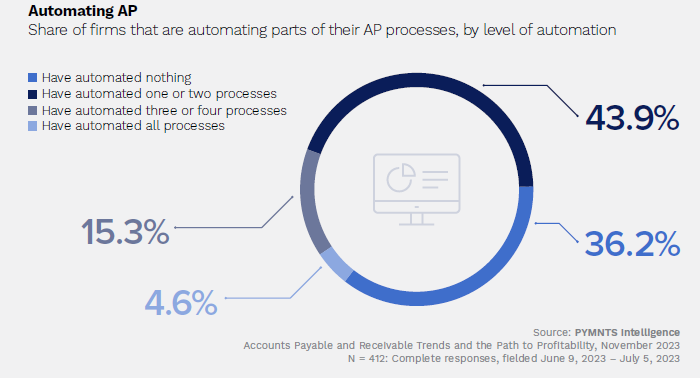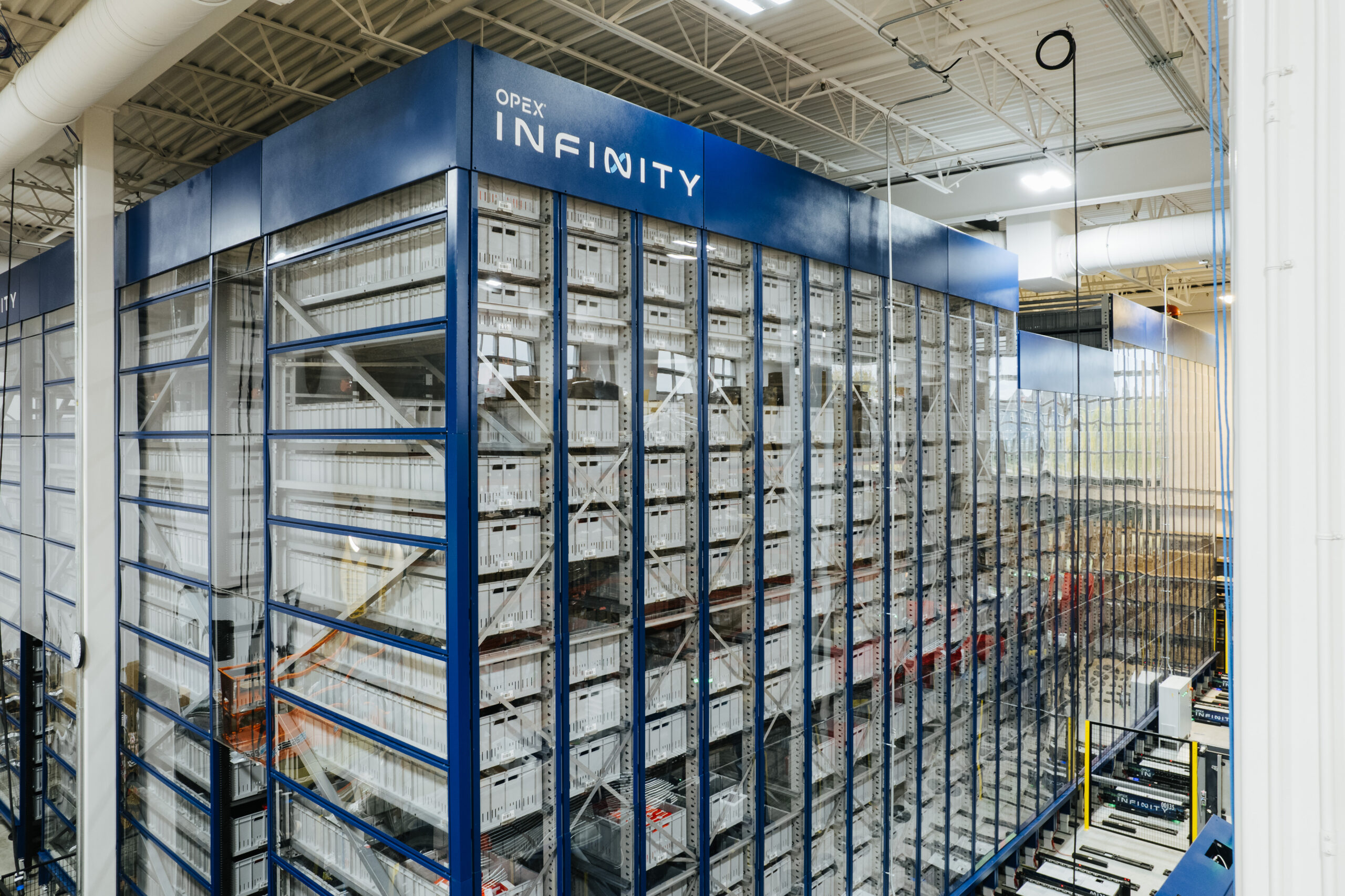By Avi “Jack” Jacoby CEO, Fabric.
As the grocery industry adapts to a post-pandemic world, stores find themselves in an unprecedented position for managing their inventory. The number of people shopping in stores is rebounding, while the number of online shoppers continues to increase.
The heightened demand puts a squeeze on stores in their efforts to have an accurate picture of available inventory. In-store workers who pick products for online orders are working against an ever-changing supply and can never be quite sure what items are available. Product outages and substitutions create a poor customer experience, whether that shopper is in person or online.
Many stores are turning to automated solutions—typically robots for picking products—as demand grows and they begin running out of the capacity to fulfill orders manually. When the demand vs. fulfillment pressures start affecting the in-store customer experience, it’s time to consider some form of an automated system. Here’s what to consider when introducing automation into grocery stores.
Flexibility
Some locations might choose to create space at the back of the store to hold inventory for online orders, while others opt for a separate building. There’s also the possibility that the current space needs to change with business needs.
A fixed layout is too constraining for today’s demands, so stores need a system that is flexible enough to fit in existing layouts—no matter the size—and can adapt to changing needs. It’s also possible that a store might want to add capacity and functionality to meet changing conditions after a trial period.
Cost
Operational costs can quickly cut into a store’s margins, so it’s important to consider installation costs and maintenance and upgrade fees. If technicians are required to be on-site to manage the automated system, that could also affect the overall investment.
It’s possible to reduce operating costs with intelligent software. Rather than having in-person technicians, systems can be run by remote control. Off-site monitoring and management are less expensive and allow constant improvement without affecting day-to-day operations.
Efficiency and Accuracy
Where is it, and how many do we have? It’s a simple set of questions, but some of the toughest for grocers to answer. Part of the problem is that the answer is constantly changing, especially in hybrid store environments where online order picking shares the shelves with in-person shoppers. Not to mention, most grocery items are fresh, loose items with an expiration date. The human factor—unpredictable surges in demand and inconsistent placement on the shelves—creates a lot of inefficiencies.
The best solution involves a solution that is purpose-built for grocery stores, with a separate controlled area where picking and packing take place automatically. This becomes a more viable option for stores that process a significant percentage of online orders. There’s ultimately a limit to manual in-store picking capacity before it begins affecting efficiency and profits.
Integration
Stores investigating the move into automation can quickly find themselves juggling a host of separate products from sorting, picking, warehouse management and more. Grocers want to focus on their core business and aren’t interested in being systems integrators.
A complete solution that covers the entire fulfillment process reduces integration headaches and the need to work with multiple software, hardware and services companies. It’s also important that any integrated solution fit well with existing systems and technologies, such as inventory management or point-of-sale systems.
Customer Experience
No one wants to shop while pushing through crowds and dodging staff members preoccupied with picking items for online orders. Separating the online order fulfillment process (perhaps to a dedicated area in the back of the store) ultimately improves the overall customer experience. The aisles are less crowded, the inventory is more predictable because both online and in-store shoppers are not depleting it, and the store staff can be more available to help as needed.
The challenges grocers face when scaling e-commerce operations are unique to the industry. It’s important to find a partner that deeply understands these challenges and a solution that is purpose-built to solve them. Automated grocery solutions offer tremendous gains in efficiency and accuracy and as on-demand shopping grows, they’ll likely become an integral part of any store’s operations.
Forbes Technology Council is an invitation-only community for world-class CIOs, CTOs and technology executives. Do I qualify?










